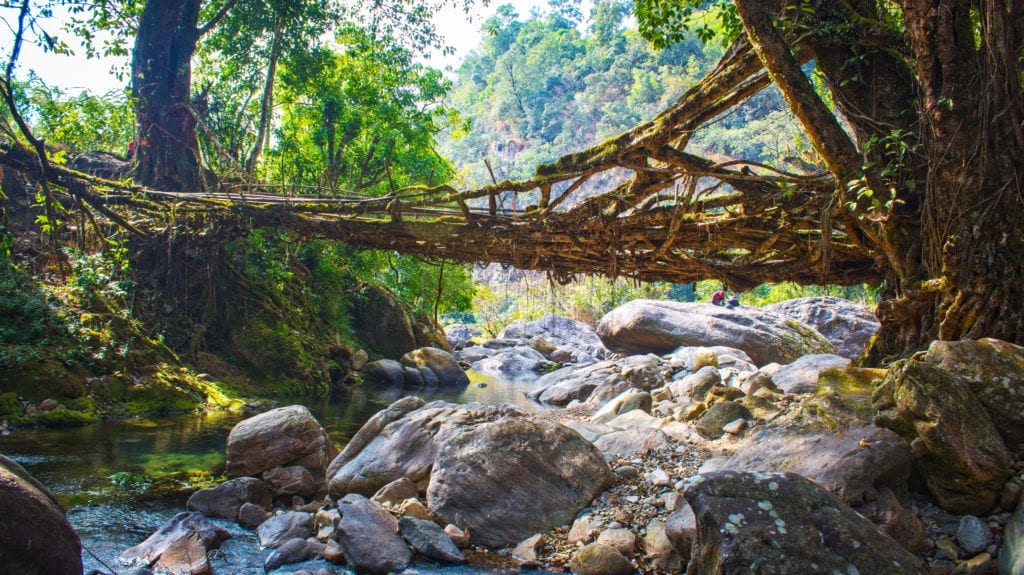Nature has a beautiful way of recycling nutrients. A legacy tree in a forest will continue to give nutrients back to plants and species five times the length of its lifetime after it dies.
If a tree lives to 500 years, it will still be contributing nutrients for 2,500 years after its death. That is remarkable for humans to imagine, but for nature, it is normal.
Try to picture a founder of an organization giving back nutrients to the organization five times the length of their lifetime with the organization. Sometimes executives or employees who have a significant impact on an organization continually contribute through the stories shared with staff after they are gone. For example, a question like, “What would John do in this situation?” invites staff to remember their colleague and imagine what he would say if he were still in the room.
Sometimes they are held up as models for the values of the organizations or the best of what the organization wants to become. But more often, we see people leaving an organization without a legacy. The employees that leave usually take their knowledge and experience with them without building redundancy into the organization before they go.
Unlike nature where waste is never wasted, the loss of institutional knowledge and wisdom is often wasted in organizations. When we see employee transitions from nature’s perspective, we would approach leadership transitions differently. First, we would build in redundancy into the knowledge and wisdom that individuals hold. Who else knows what this person does? Can we survive for six months if they are out sick? Where are the pockets of redundant knowledge and skill in our organization for each staff person? This would be one approach that would ensure against the loss of organizational knowledge and optimize the value in employee transitions.

Living Bridges and Transitions
Meghalaya, a state in the northeast part of India, is called the abode of the clouds because its terrain is densely forested and mountainous. Over 500 years ago, travelers discovered how the indigenous population maintained their ability to travel from village to village during the rainy season when over 470 inches of rainfall. This rain turns streams that are easy to cross at other times of the year into raging rapids and rivers that would inhibit travel needed to trade for goods.
These people see themselves as a part of nature. As a result, they saw a solution in nature. They trained the roots of the strangler fig tree anchored on one side of the stream to extend across the water and root in the opposite bank. Over the length of two lifetimes, living bridges become their commuting route to other villages. This living architecture is highly resilient and lasts over 500 years.
This feat is amazing, and it has lessons for organizations on how to think about transitions of leadership and talent in their organization.

Usually, we treat employee transitions like a butt weld or a lap weld. A butt weld is when we weld two pieces of metal together end to end. The other option is a lap weld, where there is some overlap between the two pieces of metal, and we weld them together. Like these kinds of transitions, organizations also give a short amount of overlap between leaving and incoming staff, or we bring in new staff right after the retiring staff have gone. In the process, we lose institutional knowledge and wisdom.
What if we thought of transitions as a living bridge between leaving and incoming staff? A bridge that continued to link past knowledge and expertise with the future needs of the organization? What would that kind of transition look like?
Dr. Kathleen E. Allen is the author of Leading from the Roots: Nature Inspired Leadership Lessons for Today’s World (2018) and President of Allen and Associates, a consulting firm that specializes in leadership, innovation, and organizational change. She writes a blog on leadership and organizations that describes a new paradigm of leadership based on lessons from nature and living systems at www.kathleenallen.net






